Struggling with pests but wary of harsh chemicals? Diatomaceous earth (DE) is your eco-friendly solution for effective pest control, from fleas to cockroaches. As an experienced gardener and homeowner who has faced the challenge of keeping pests at bay without endangering my family or pets, I’ve turned to DE—a non-toxic, natural substance derived from fossilized algae.
This article demystifies DE, guiding you through safe application methods both indoors and outdoors.
Like many of you, I’ve sought a balance between effectiveness and safety in pest control, and I’m here to share that this is possible with diatomaceous earth.
What Is Diatomaceous Earth?
Diatomaceous earth (DE) is made up of finely ground fossils from diatoms—a type of microscopic hard-shelled organism found in oceans, waterways, and soil throughout the world. This unique makeup creates a fine powder with highly abrasive and absorbent properties.
You can buy diatomaceous earth in most hardware stores. It is available in multiple forms, including simple powders, wettable powders, and spray.
These products can kill bed bugs, fleas, crickets, cockroaches, ticks, spiders, as well as many other household pests. They can be used indoors as well as in the yard and garden. The powdered form is especially useful in protecting the outside of your foundation from bugs who might try to get inside the house.
Additionally, diatomaceous earth can be found in skin care products, toothpastes, foodstuffs, medicines, rubber products, paints, and water filters.
Note: Diatomaceous earth is non-toxic to humans and pets. When insects and other pests come into contact with it, the silica in the DE cuts into their exoskeletons and absorbs the oils and liquids inside, quickly dehydrating and killing them.
DIATOMACEOUS EARTH
- A natural product composed of ground Diatomaceous Earth (fresh water type) Amorphous Silica – food grade
- Produced in the USA
- A natural, organic insect killer, DE kills by physical action and not chemical
- Use on animals, plants, stored grain & around the house to control household & plant pests
Are there any side-effects to using diatomaceous earth?
Although the powder is non-toxic, it might be accidentally inhaled when laying it out for pests. This isn’t hazardous but could irritate the nasal passages.
If you inhale large amounts, it is likely to make you cough, and you may experience shortness of breath. It can irritate sensitive skin. The powder is abrasive and can irritate the eyes.
Luckily, there are no harmful effects on wildlife when laying DE for pests. It is recommended, however, to keep it away from chickens.
Safety When Using Diatomaceous Earth
While diatomaceous earth is considered as safe to use around the home, there are some precautions you should take:
- DE can be dehydrating, so it’s worth wearing gloves when handling – it can dry out the skin.
- Although DE is non-toxic, it’s best to avoid inhaling it. Wear a mask when sprinkling.
- Food-grade DE is recommended for home use.
What Does Diatomaceous Earth Kill?
DE will kill any small creature that has an exoskeleton. These include creepy crawlies in the insect, arachnid, and crustacean families.
More specifically, diatomaceous earth is effective against:
- Fleas and ticks
- Bed bugs
- Cockroaches
- Spiders
- Beetles
- Fungus gnat larvae
- Earwigs
- Silverfish
- Centipedes
- Pill bugs
- Ants
- Lice
- Crickets
- Mites
- Grubs
- Aphids
While highly effective against bugs and similar pests, food-grade DE is perfectly safe for pets, fish, aquatic invertebrates, wildlife, and humans. Filter grade DE is not recommended for use around people or pets and can be especially dangerous around chickens and other birds.
Are All DE the Same?
As we hinted at above, there are two main types of DE available. Both come in a variety of types, from powders to sprays.
Both food-grade DE and filter-grade DE (also known as non-food grade) consist of ground diatom fossils. The difference between them is the concentrations of different types of silica.
Silica exists in two main forms. Crystalline silica is glass-like in structure with many sharp, protruding edges. On the other hand, Amorphous silica is not fixed in a geometric pattern and thus does not have protruding points capable of piercing flexible cellular membranes.
- Food-grade DE is made up of mostly amorphous silica with only about 0.5% to 2% crystalline silica. This composition is still deadly to creatures with exoskeletons but safe for mammals, birds, and other animals. Though, as we mentioned above, it is still worth taking some safety precautions when handling this product.
- Filter-grade DE is largely used in industry to make various products and to filter water. This type of DE is made up of around 60% crystalline silica, making it toxic to humans and other mammals and deadly to birds.
When using DE for pest control indoors or outdoors, always opt for food-grade diatomaceous earth.
How to Apply Diatomaceous Earth
Food-grade DE is safe to use indoors and outdoors to target various pests. The application process is similar, no matter what type of insect you’re trying to eradicate.
How to Use Diatomaceous Earth Indoors
The process of using DE inside your home is pretty messy, but it’s highly effective and usually worth the hefty cleanup in the end.
The easiest form of DE to use inside your home is the powdered form. This type can be sprinkled on carpets, corners, baseboards, furniture, pet beds, and any other dry surface where bugs tend to be. Leave the DE on the surface for at least two days for the best results.
Cleanup can be accomplished with a wet rag for solid surfaces or a vacuum for porous surfaces. When using a vacuum, just be sure to frequently clean out your filter since the tiny particles in DE are known to clog filters.
DE can also be used to control pests living in the soil around houseplants or attacking the plants. Simply sprinkle the powder on the dirt around the plant and on the leaves if needed. Repeat after every watering once the soil has dried.
How Use Diatomaceous Earth Outdoors and In The Garden
DE is even easier to use outdoors because you don’t have to worry about cleaning it up later (except, of course, for what gets tracked back inside).
Using DE outdoors also allows you to use a wet application process. Since DE is subject to being blown away in windy conditions, this option is great for large applications and areas that aren’t well protected against the elements.
Dry Application
Just as with indoor applications, you can use powdered DE can outdoors to target areas where bugs frequent. This application method is also highly effective for targeting pests that are getting into your home from the outside.
To protect your home from external threats, simply sprinkle DE liberally around your foundation to achieve a thick covering around the footprint of your home.
If pests are getting into your home by traveling on your pets, you can use DE to give your furry friend a dust bath and kill any fleas, ticks, mites, or other bugs that may be hiding in their fur.
Note: You can also use DE in the garden to protect plants against pests. This powder won’t hurt plants and actually benefits the soil. For best results, you’ll want to sprinkle the powder over the plants and on the dirt around them.
You can also target pests in your yard directly by applying DE around tunnel entrances and other areas that you know bugs like to hide or travel through.
Since DE is easily washed away and blown around, you will have to reapply after each storm, windy day, and after your sprinklers have gone off.
Wet Application
Although DE works only when the powder is dry, it can be applied in a wet form; it will only take effect once the powder has dried out. Diatomaceous earth spray is particularly useful outside, especially when applying to areas where a fine layer of dust is likely to blow away.
Note: The wet application method makes the DE stick, so remains effective for longer.
Simply make up the spray (as below) and use a garden sprayer to apply the solution where needed.
How to Make Diatomaceous Earth Spray
- Mix ½ cup of DE (8 tablespoons) into every 2 cups of water
- The DE will settle to the bottom so you will need to constantly shake up the mix when using
Apply your wet spray to your home’s foundation, over your garden, and anywhere else you know pests tend to hide.
While this application method is less likely to blow away in windy conditions, it will still need to be reapplied after rainfall and waterings.
Other Uses for Diatomaceous Earth
DE is impressively effective when ridding your home and yard of creepy-crawly pests, but that’s not all this product is good for. Here are some other ways you can put DE to use in your home:
- As a supplement: Both people and pets can ingest food-grade DE. According to WebMD, DE may be able to reduce cholesterol and improve bone health. There is some evidence that DE may also help relieve constipation, improve skin health, and detoxify the digestive tract.
- To improve plant health: In addition to helping control pests in the garden, DE can also be used as a beneficial soil conditioner for plants. While this powder doesn’t provide much nutrition, it absorbs fertilizer and releases it later during high moisture periods when many nutrients are likely to be washed away.
- For chicken health: Chickens love taking dust baths. Adding DE to their coops or directly to their feathers will make these baths more effective against mites and other external parasites.
- For skin exfoliation: DE can be used to create homemade exfoliating scrubs for the body and face.
- For food preservation: Adding a small amount of DE to bulk dried foods like cereals, grains, and legumes can help keep weevils and other pests from destroying your stores.
- To deodorize: DE can be used much like baking soda to deodorize fridges, pantries, and other damp and stinky spaces. You can even sprinkle this powder on shoes, sports equipment, and other wearables to soak up odors.
- For cleaning: Since DE is abrasive, it makes a great cleaner for hard surfaces like countertops. It can also be used to remove fresh stains from fabric. Immediately after the spill occurs, sprinkle the area with plenty of DE powder and allow it to sit for up to 24 hours so it can soak up the liquid and prevent the stain from setting.
Whether you’re fighting cockroaches and fleas or improving your health and cleaning your skin, diatomaceous earth is a wonderful product to have on hand.
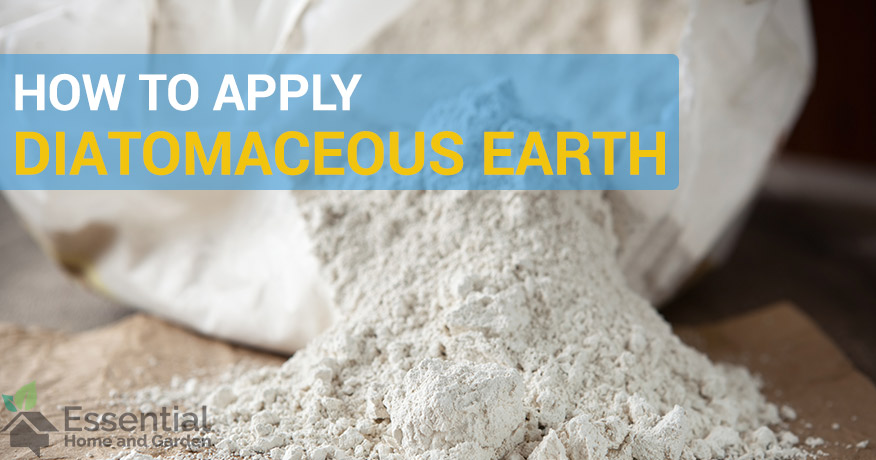

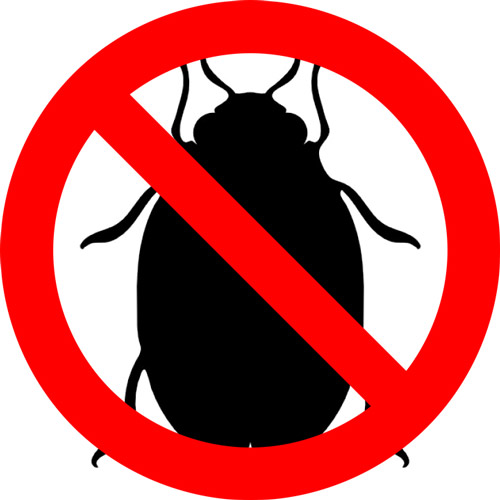
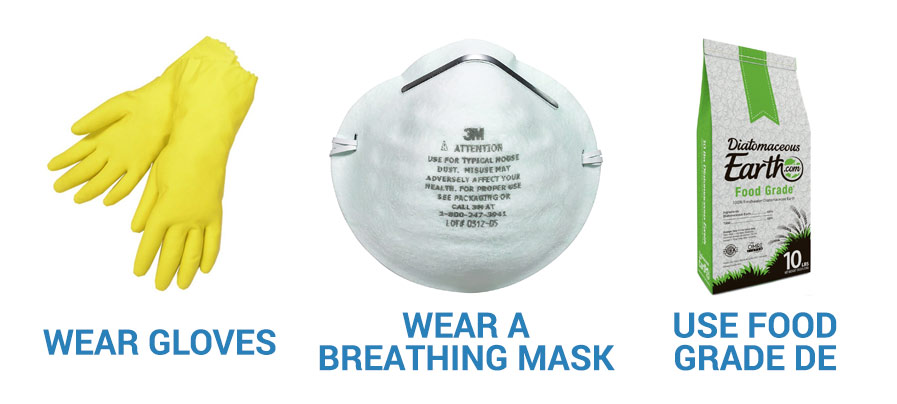
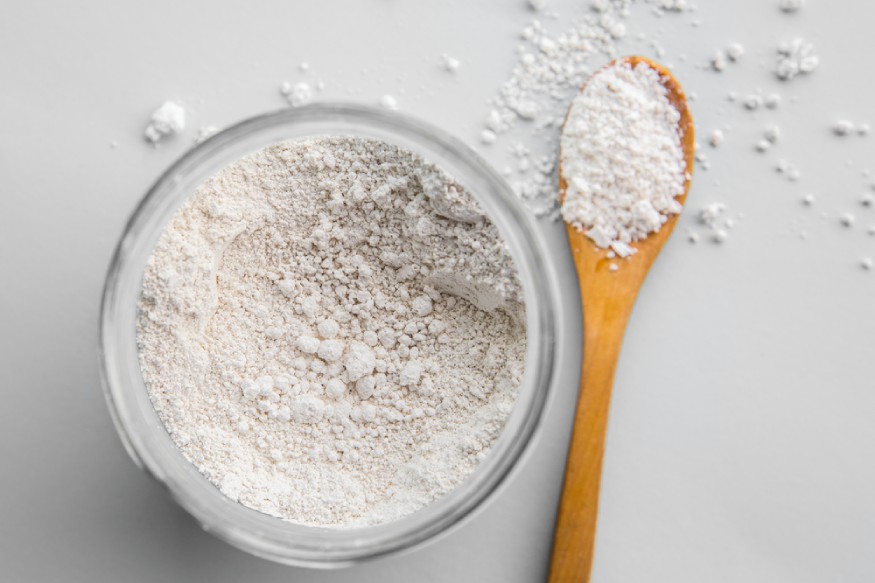
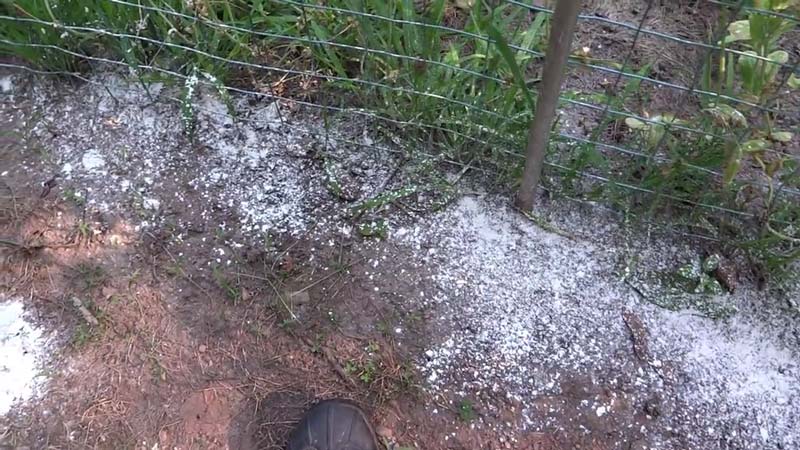
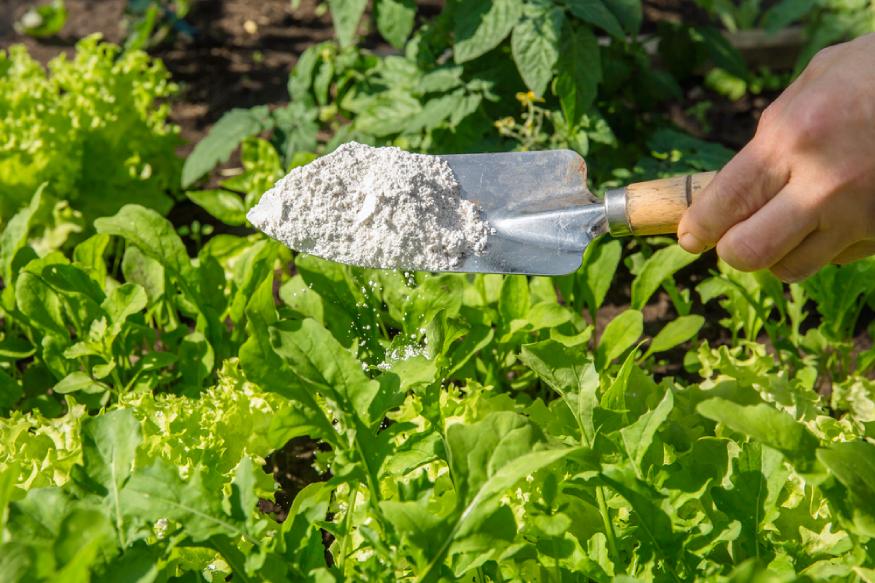
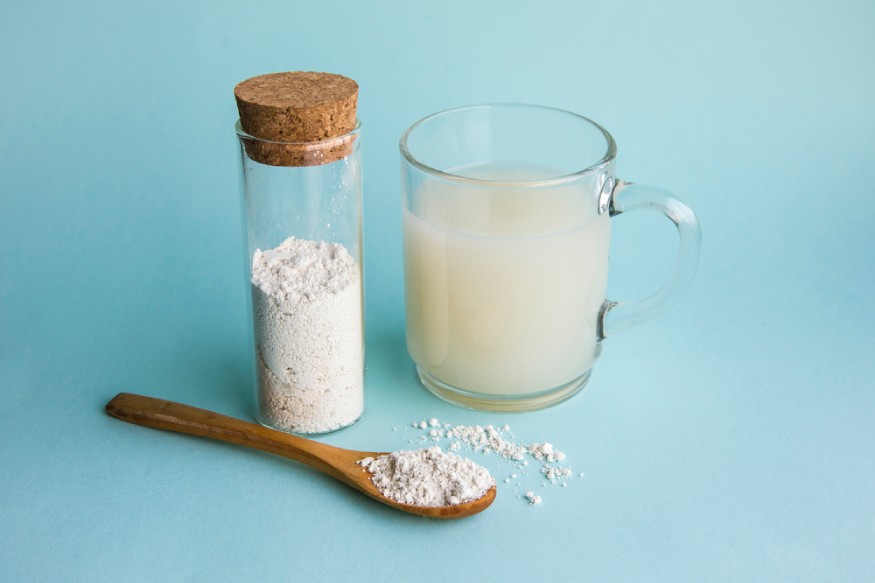
So using my Dyson hoover is not advisable is that correct?
Not unless it has a HEPA filter….If you are looking for a HEPA vac for these sort of jobs then this Dewalt Model
is great.
I am dealing with a couple of cockroaches. I have never had cockroaches in my apartment ever. They are doing construction so am guessing they are scampering. I had dust and gel done and just bought ultrasonic device to see if that helps. Can I sprinkle diatomaceous earth in my cupboards and counter top? Please help am going crazy
You can, but it will be messy! Its better to place it in out of the way/out of sight areas as a barrier if you can.
Ok, so I’m wondering if anyone could plz gimme an idea about how to mix (de) to water to mix up a liquid spray solution? How much powder would be recommended to apply to how much water? Thx in advance for any info shared!!!
Use 4 tablespoons for every gallon of water. Will not be effective until the solution dries and leaves the diatomaceous earth behind.
1/4 cup DE to 2 cups water. Shake it about frequently to avoid settling. I think it’s on the DE website I just read
Are you supposed to rake up the ant mounds after they have been treated with DE ?
Its up to you! If you want to get rid of them then you can rake them up.
Can it be sprinkled on the backs of electronics like a television and such?
I wouldn’t recommend doing that.
Can it be sprinkled on a wood pile if it is campfire wood?
I believe it ok to use it on firewood.
Can you spread the DE with a lawn seed spreader. Would that work. What time of the year is best to start outdoors in New Jersey?
It probably wouldnt be as effective as it is more of a barrier than a poison. I think it would probably be spread to sparsely. You can use it any time of year!
Thank you Aaron. I was hoping to use it on a very large.1 .acre + property to combat ticks.
I guess you could try? I personally have never used it that way, but that doesn’t mean it won’t work.
We tried a hand held seed spreader and it blew it out too fast resulting in too much in one spot. I just read that you can apply it wet causing it to stick and it will work once it dries. I am going to try a sprayer with it set on a heavy spray.
That’s what I use. I pull the spreader behind my riding tractor. I have 6 open acres, works very well. Very messy but I don’t care!
A million thanks…when this is all over, I’ll try the seed spreader on the average we have..or I can devise something to trail behind the tractor. Thank you so much. Be well and safe
can the food grade be used in a vegetable garden and if so- how should iit be applied?
Yes it can! Just spring it around the areas where the insects are that you want to get rid of.
My understanding is that insects such as earwigs do not have to ingest the DE, but only need to crawl over approx 3” wide of DE so as to have their wax outer body scratched, get dehydrated and die. Is that correct? I’m making traps with soya sauce and fish oil combined as bait in the middle but earwigs must crawl through an area of DE before reaching the bait. We did this last night and found one live earwig struggling in the toilet this morning. For water perhaps?
Insects do not eat the DE, it kills them just by touch. Basically it dries them out…..
I am going to be staying in a Hampton Inn for four nights and then moving to a time share unit for five nights. How can i spread diatomaceous Earth and where do I use it to be sure I don’t get bed bugs if they are in these rooms?
I certainly would not recommend spreading DE around a hotel room. It creates a big mess also does not yield instant results.
Can you apply this to a bed to get rid of fleas. My cats lounge on my bed and now they are on my bed and I have allergic reactions when bit. I wash all bedding every other day but it’s getting old. Have been using an herbal spray but it does not seem to work. Will be trying this in the house but need to know if I can apply it to furniture that is used daily.
It will work to get rid of fleas on a particular bed, but you really need to kill all the fleas in the area, not just in the bed. This way you break the life cycle and dont just have new fleas appearing once the dust is gone from the bed.
Yes I was planning on treating the area also but wasn’t sure if treating the bed was also possible. So now I will treat the cate, the area and the bed all at once and hope for the best. What would be the best way to treat the bed? Thank you so much for the info. 🙂
Does this work for mites? Like scabies? And what about carpet beetles???
Hi Kayla, yes, it should work for all insects!
So….my roommate basically spread this in my house without taking any precautions. It literally ended up covering the tops of book cases. Dusting all surfaces. What’s the best way to get this out of my couch and off the walls?
You will need to use a shop vac…or lots of wiping with a wet cloth!
To get back to frequency of application. I would assume when the DE is no longer visible and the “critters” are still about….. I would tend to reapply, every two or three weeks dependent upon the weather. Does that seem acceptable?
Very good reading the comments and the responses. Thanks, su
Yes that seems acceptable, it just depends on how often you can put up with it being around the house! It is quite messy.
After you apply the D.E. should you and your animals stay outside for a period of time. like a hour or two, or is it safe to stay in the house?
Probably, but the main reason being that they will be shaking off the DE for some time…so it might make the house a mess if you let them inside!
Your information lacks a critical component so is useless for practical purposes..
This page, like every other I’ve seen including those of sellers, gives no clue whatsoever about how much powder to use for any given purpose. Does it take a pound to dust the soil of a 20’x15′ garden? Three pounds? Ten? How much (per linear yard) is needed to dust around the perimeter of a house to kill insects? An ounce, three, ten…?
I know not to expect exact amounts, but range estimates should be easy to provide. Furthermore, they should be prominently displayed as vitally important to anyone who wants to use the stuff. Please add this info to the page.
Thanks.
Hi Kate,
It is not an exact science so providing precise measurements is not really possible. The amount you use depends on your unique situation – Sometimes you may use a small amount to create a thin entry barrier, or if you are trying to kill an entrenched infestation you may need a lot more. It’s a matter of doing some trial and error and seeing what works for your situation.
Thank you KAte. It is not the pump I was hoping to find, but that is what seems to be available now. Hilary
Can you Pit it in moving bins or boxes, dressers so when you move you don’t take roaches with you? If so, how much do you use?
That is one possible use yes. Just keep in mind it will get on everything in those boxes! You need to use enough so that the insect needs to crawl through it.
I use to have a hand pump to apply my diatomaceous earth. It had a about a 5 cup chamber that I could fell, and then Id pump it, and It was perfect, because I could get up under the leaves of a plant, but can no longer find one and dont remember where I got mine. Any one know of such a thing, please let me know. thanks
I just bought something like this on Amazon. The one I got is called Harris Diatomaceous Earth Powder Duster with 6 Inch Extension Nozzle, and it sounds similar to what you have described.
This is probably the one you are talking about – or very similar: Bulb Powder Duster Sprayer With 6 Inch Extension Nozzle For Diatomaceous Earth Duster
Very informative. I am trying to help my tenants rid the houses of roaches. A friend told me she uses crushed limestone to do the same as you explained.
Have you ever heard of DE being used to control Moths? We have a seasonal invasion of Miller moths and they do a good job of squeezing through little nooks to get into the home. I’m wondering if applying this around windows and doors would have an effect on them? Any recomendations on how I should apply it to test this out?
Hi Ryan, I’ve heard of it being used to get rid of clothes moths, but not Miller Moths.
It might be worth a try if you aren’t having luck with anything else! I would just try the method you mentioned, sprinkle it in any locations that the moths are getting in and see if you notice any improvements.
Please do report back on what you find, I’m interested to see if it works!
I have several cats and they have earmites. Will diatomaceous earth kill them on the mites that have traveled from the ear canal to their body?
Yes, diatomaceous earth should kill earmites as well.